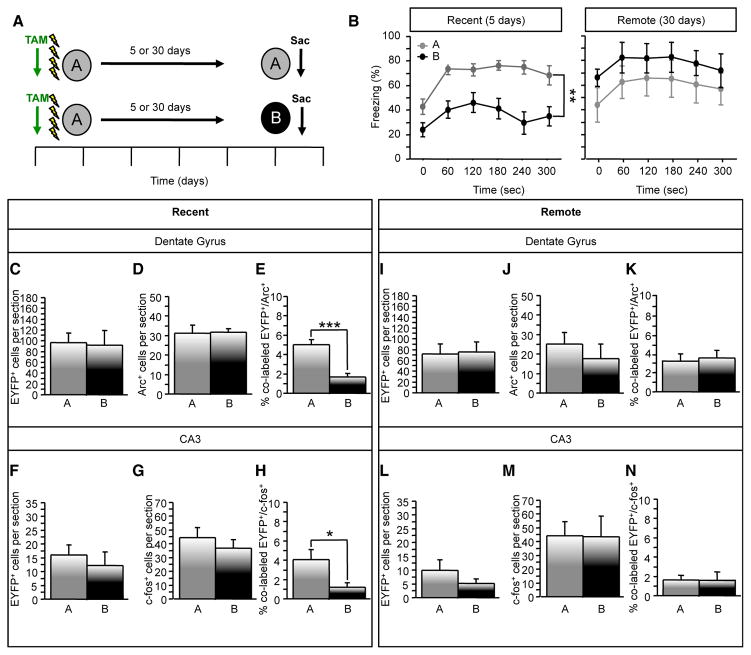Figure 3. Recent and Remote Re-exposure to a Fearful Environment Differentially Reactivates DG and CA3 Cells.
(A) Experimental design.
(B) In the recent exposure, context-elicited freezing was significantly greater in mice exposed to context A compared to context B (F(1,17) = 22.4398, p < 0.001). In the remote exposure, mice did not differ in their levels of context-elicited freezing (F(1,9) = 1.217, p = 0.30).
(C and D) For the recent exposure, the number of (C) EYFP+ and (D) Arc+ DG cells did not differ between groups.
(E) Mice re-exposed to context A had a greater percent of colabeled EYFP+/Arc+ DG cells than did mice exposed to context B (p < 0.0001).
(F and G) The number of (F) EYFP+ and (G) c-fos+ CA3 cells was similar between the groups.
(H) The percent of colabeled EYFP+/c-fos+ was significantly greater in mice re-exposed to context A (p = 0.03). n = 9–10 mice per group.
(I–K) For the remote exposure, the number of (I) EYFP+ and (J) Arc+ DG cells and (K) the percent of colabeled EYFP+/Arc+ DG cells did not differ between the groups.
(L–N) The number of (L) EYFP+ and (M) c-fos+ CA3 cells and (N) the percent of colabeled EYFP+/c-fos+ was similar between the groups. n = 5–6 mice per group. Error bars represent ± SEM.
See also Figure S3.

